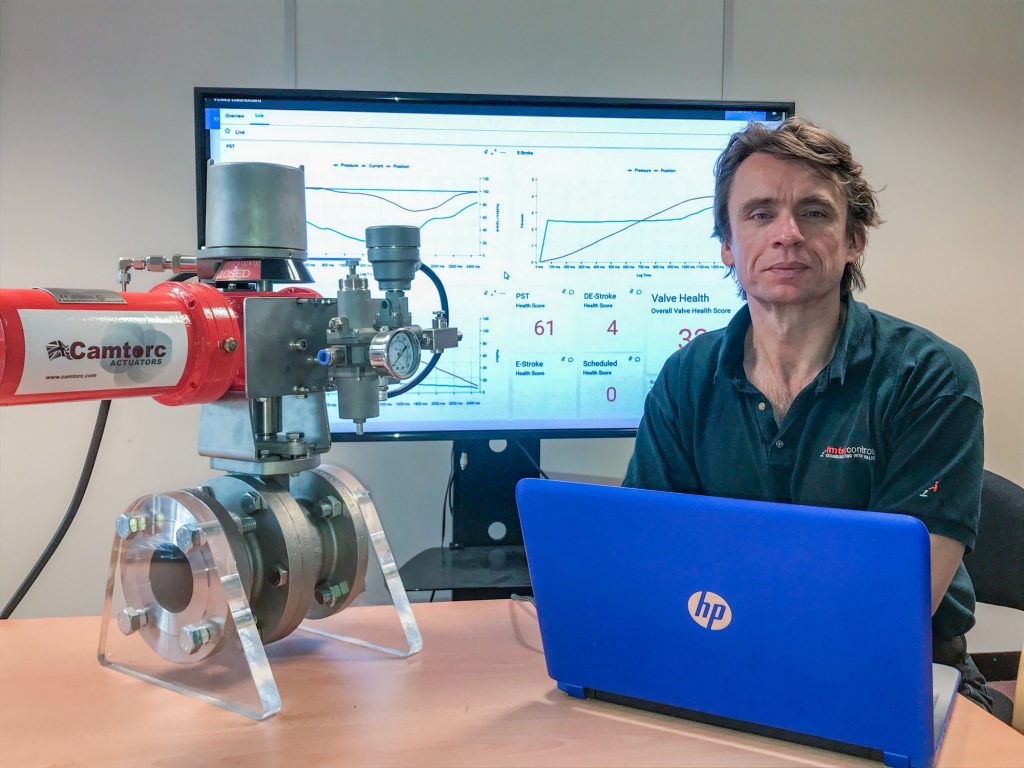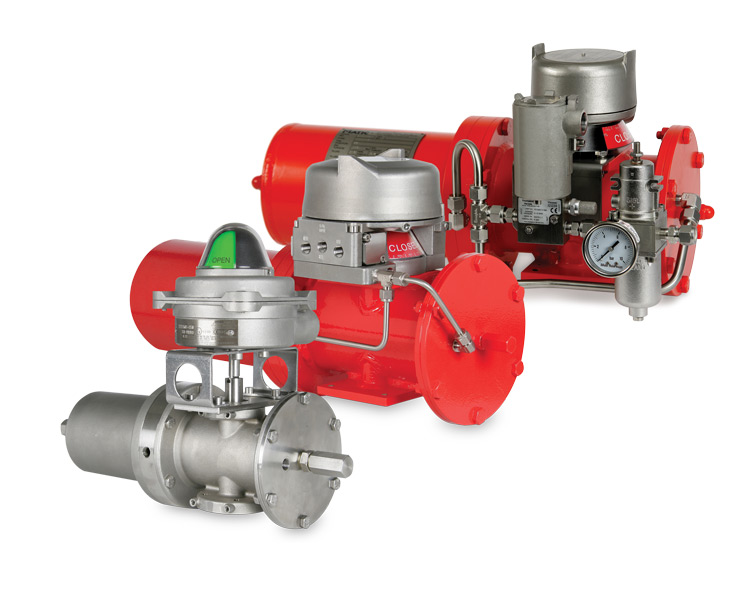The Future of Condition Valve Monitoring By Imtex Controls
All industrial operations are continually driving to improve efficiency and productivity to increase profit margins and maximise bottom-line returns. In many sectors (such as the Oil and Gas Industry), this drive occurs against a back drop of heightened health and safety demands and environmental concerns as well as the need to implement improvements on old assets that can often be operating beyond their initial design life.
An important means of delivering on these expectations is to reduce the number of unscheduled plant shutdowns. On average 92% of shutdowns are unplanned and cost oil and gas companies an estimated $42 – 88 million a year in worst case scenarios. It has been observed that most unplanned shutdowns are often attributable to worn out equipment, and in a lot of cases is due to the lifespan of an element being exceeded.
With a routine maintenance schedule and a condition monitoring solution, operators could prevent costly shutdowns and increase production up time, reduce maintenance spend and improve plant safety. A study by GE found that data monitoring helped improve oil and gas maintenance schedules resulting in a 36% reduction in unplanned downtime, which in turn resulted in an average of a $17 million improvement to the bottom line.
As such, asset monitoring, asset management, and predictive maintenance solutions are gaining popularity.
Condition Monitoring on Valves
As valves are a critical constituent element of any flow-based process, valve performance is an important factor to review when trying to prevent unscheduled maintenance, plant shut downs and loss of batch production. The immediate effect of valve problems can then be the failure to meet client expectations whilst indirect effects may include higher insurance premiums and increased HSE scrutiny, meaning that, valve problems can often be very costly.
Whilst some operators are already deploying Condition Monitoring on Control Valves and Critical Valves, many valves, notably those used for On/Off process and shutdown applications, are often left unmonitored.
Why aren’t valves being monitored?
Whilst technology is available to monitor these valves, operators are dissuaded from this investment primarily due to the prohibitive hardware and installations costs.
Although some OEMs have touted various valve testing and monitoring systems, many of the solutions offered can pose operational, financial and/or functional implementation issues. This is because they are generally significantly more costly than traditional systems; can require installation of new wiring and hardware and can have software integration. Where the automation is of relatively low value, as is the case with on/off valves, it can be difficult to justify the time and money involved with implementing a useful Condition Monitoring solution.
If and when Condition Monitoring systems are installed on automated on/off valves, they typically require trained personnel to perform the monitoring task. However, due to a lack of training, lack of specific valve knowledge and insufficient time available, data will often only be analysed for a small fraction of automated on/off valves, if at all.
The result of all these factors is that, in the current environment, vast swathes of on/off valves are not being monitored and subsequently maintained in a meaningful or useful way, contributing to a significant increased risk of valve failures.
Introducing the Valve Diagnostic Monitoring System
Imtex Controls has been developing and manufacturing solutions for the process industries for over 30 years. As part of this history, Imtex have been supplying valve monitoring and testing solutions that are easily implemented to both new and ageing assets, to enable operators to log data from shut down valves for a number of years. However, it became obvious that whilst Operators are keen to explore Condition Monitoring solutions, investment in this area has been limited due to the lack of a simple, cost effective solution that allows for automated end-to-end data acquisition and analysis.
Following experience in data capturing for critical valves a NEW automated valve diagnostic monitoring system (VDMS) has been developed to resolve all the implementation and investment issues. By providing seamless monitoring of automated valves using a simple but fully integrated, end to end solution, the system helps to deliver a safe and more productive plant of the future.
The component parts of the VDMS system allows this type of system to be installed without any extra cabling, no additional software, and no change in procedures, all for a similar cost to a standard valve position transmitter. This makes VDMS the first of its kind.
The difference between the VDMS and other technology available is that it is easy to install in both green field and brown field environments with minimal additional infrastructure requirements, but allows every valve operation to be automatically captured, analysed and acting upon if necessary through a cloud based diagnostics application.
The system monitors the health of automated valves through comparative and real time analysis of every valve operation with the goal of predicting time to valve failure. Maintenance and pro-active interventions can then be scheduled in advance of any issues. By cost effectively installing this technology on all automated valves, a plant can ensure efficiency of production, as well as prevent unscheduled delay and unsafe plant condition.
This technology is useful for all stages of plant operation and so can provide an opportunity to improve efficiency, safety and security of all plants, existing and future.
With big data now being recognised as the future of industrial and manufacturing processes, it’s innovations like the VDMS that can make all the difference to data aggregation for safety, efficiency and not least profitability.




















